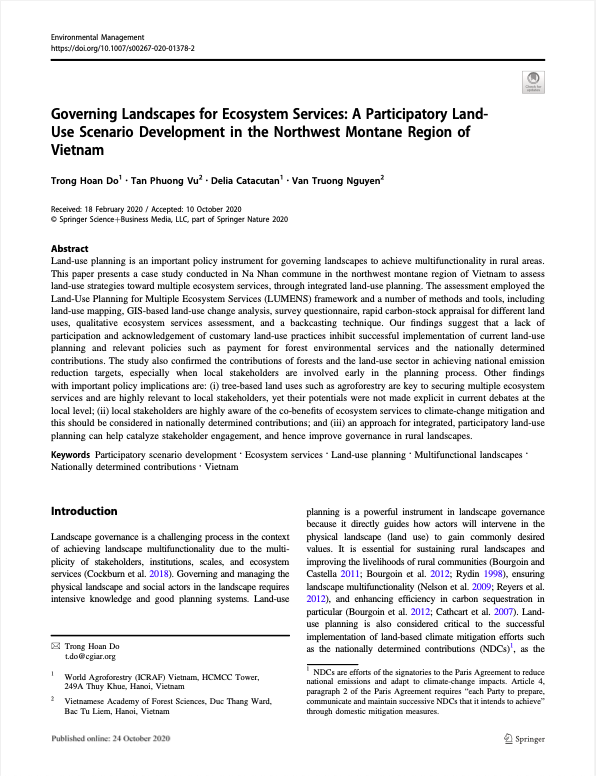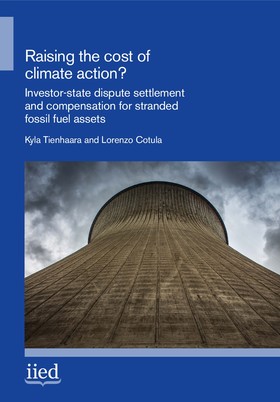Typology of Climate Change Adaptation Measures in Polish Cities up to 2030
Poland, like other countries in the world, increasingly experiences the ongoing climate change. However, the level of preparation of the country and its society for climate change in the second decade of the 21st century can be evaluated as low. The Municipal Adaptation Plans (MAPs) created in 2017–2019 became a subject of research studies whose main goal was to determine the typology of adaptation actions to be undertaken as part of MAPs in the 14 selected Polish cities in various geographical regions.




